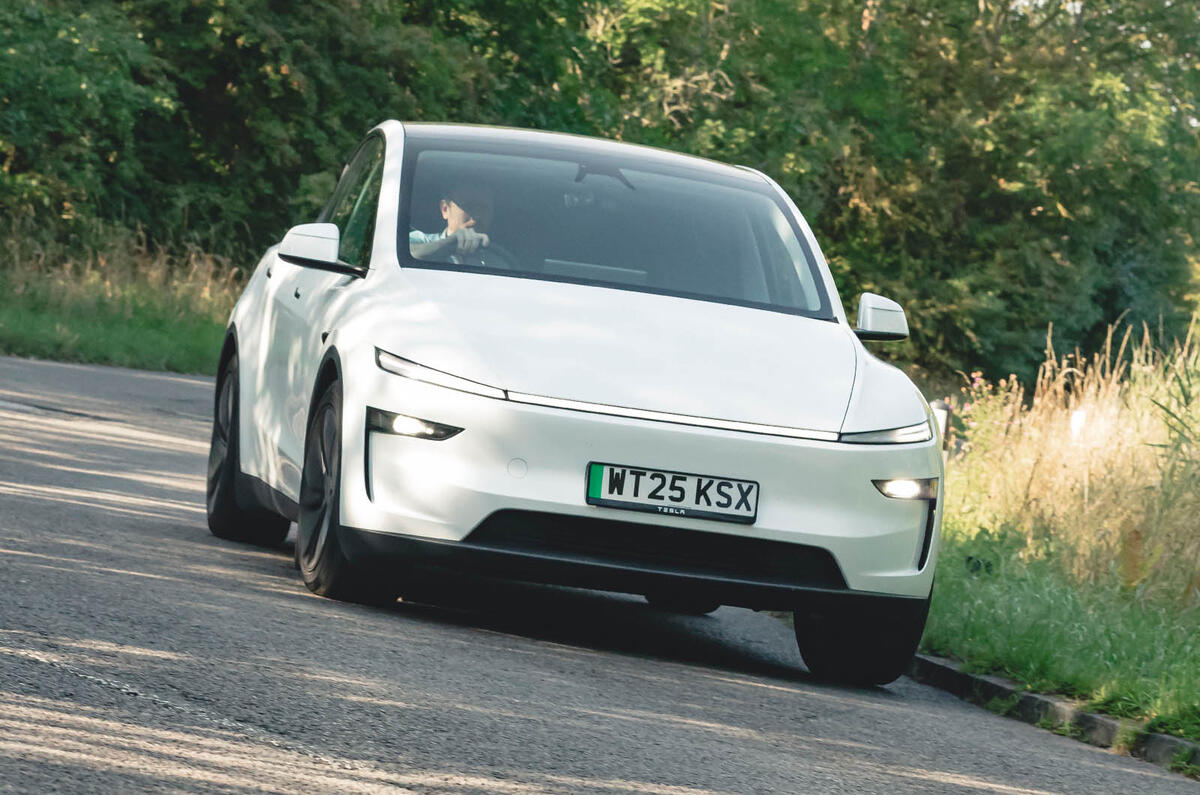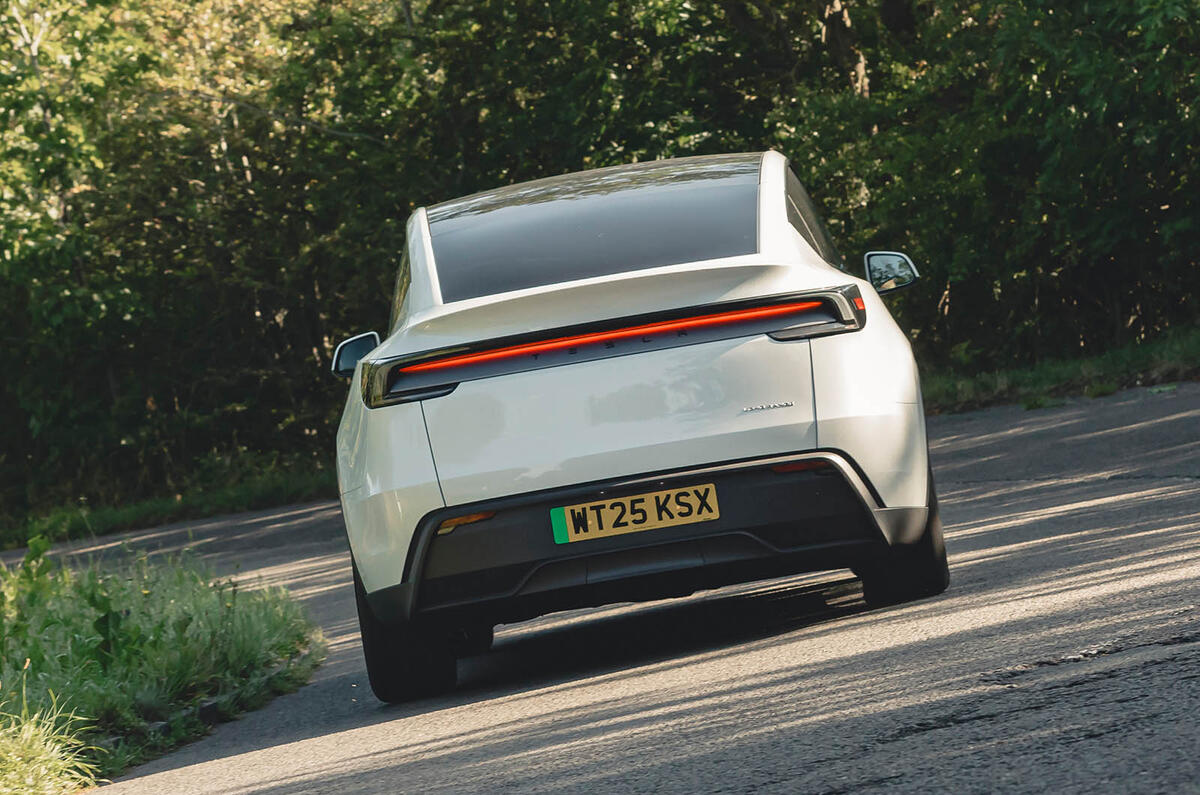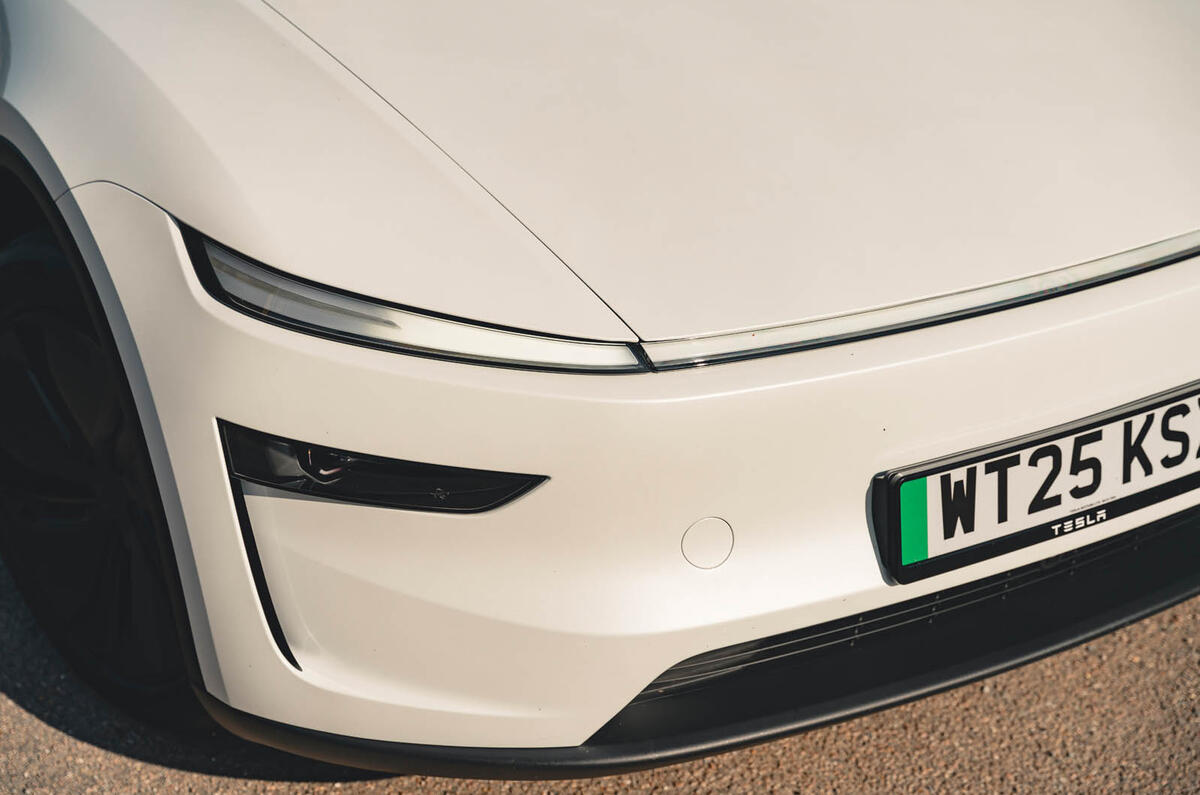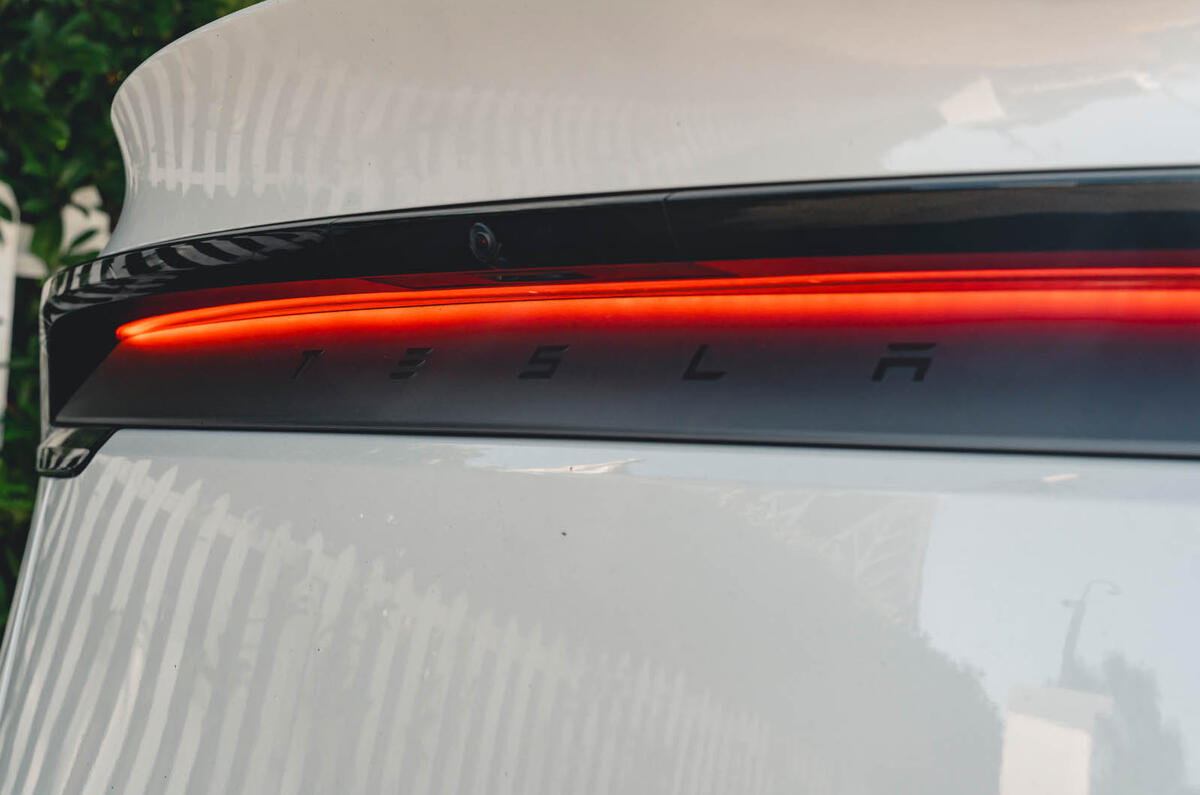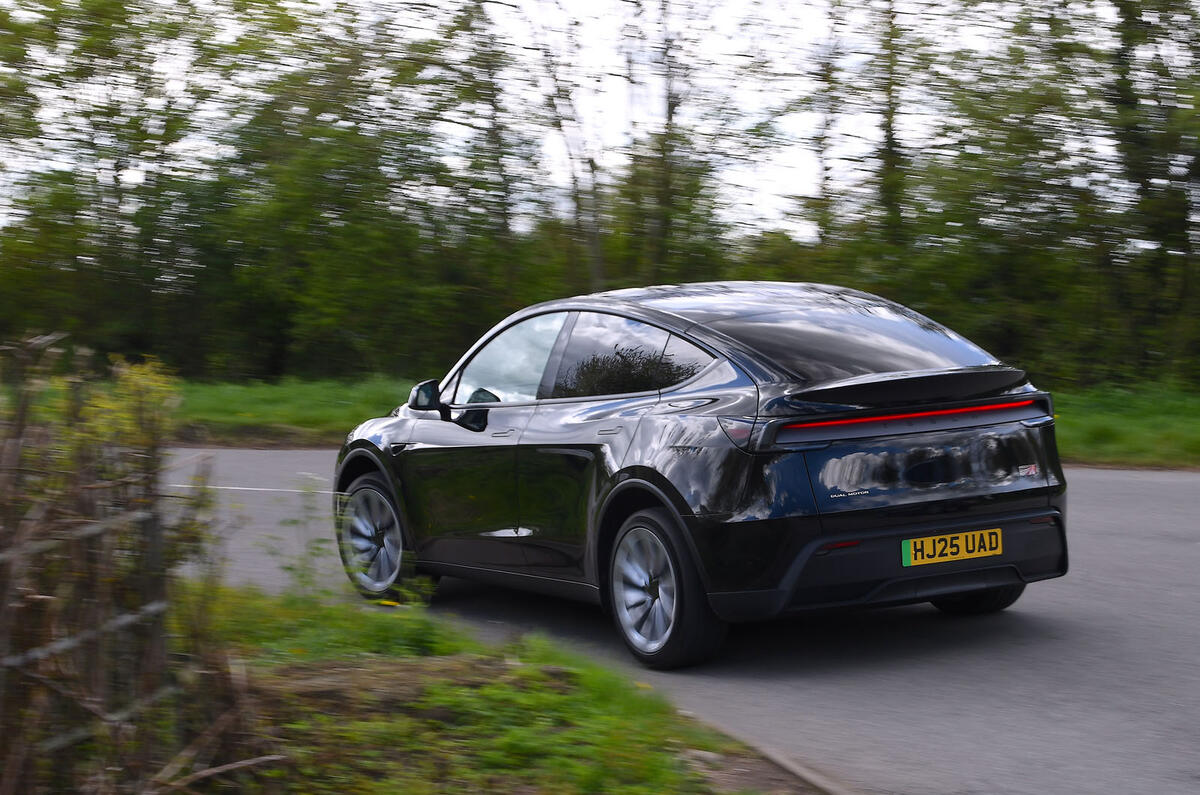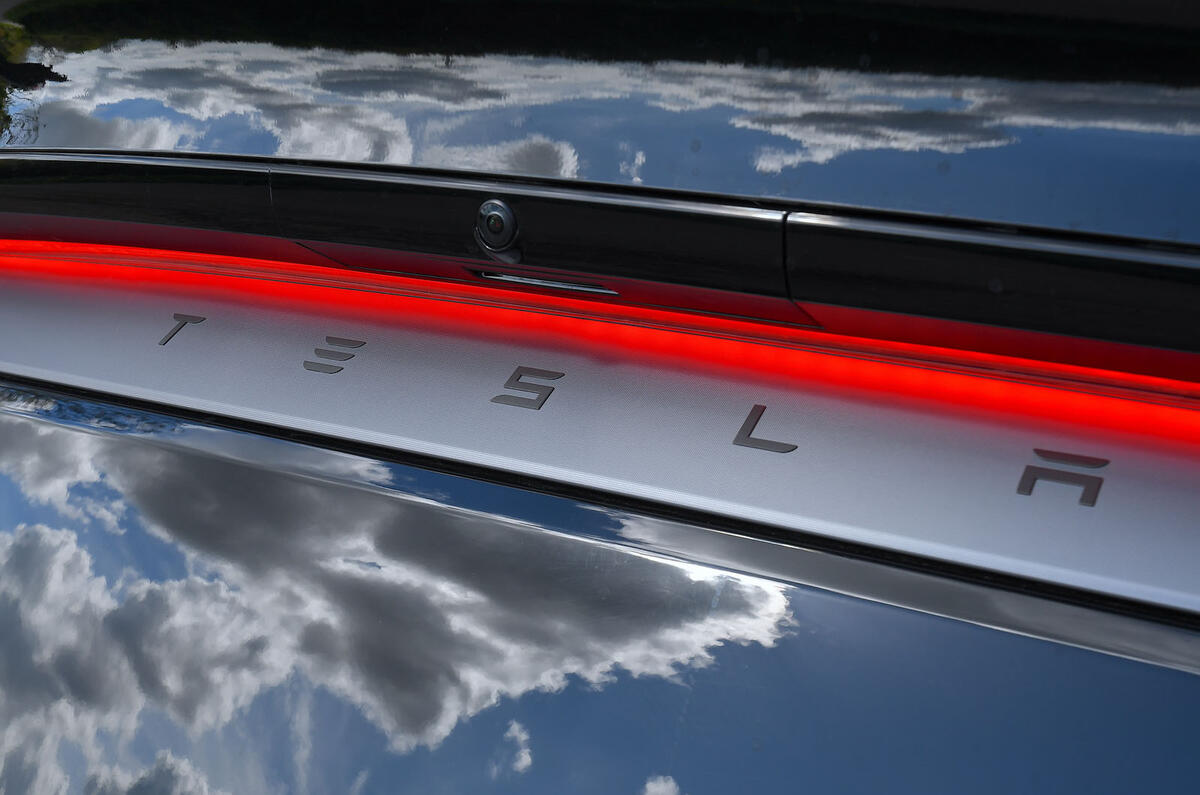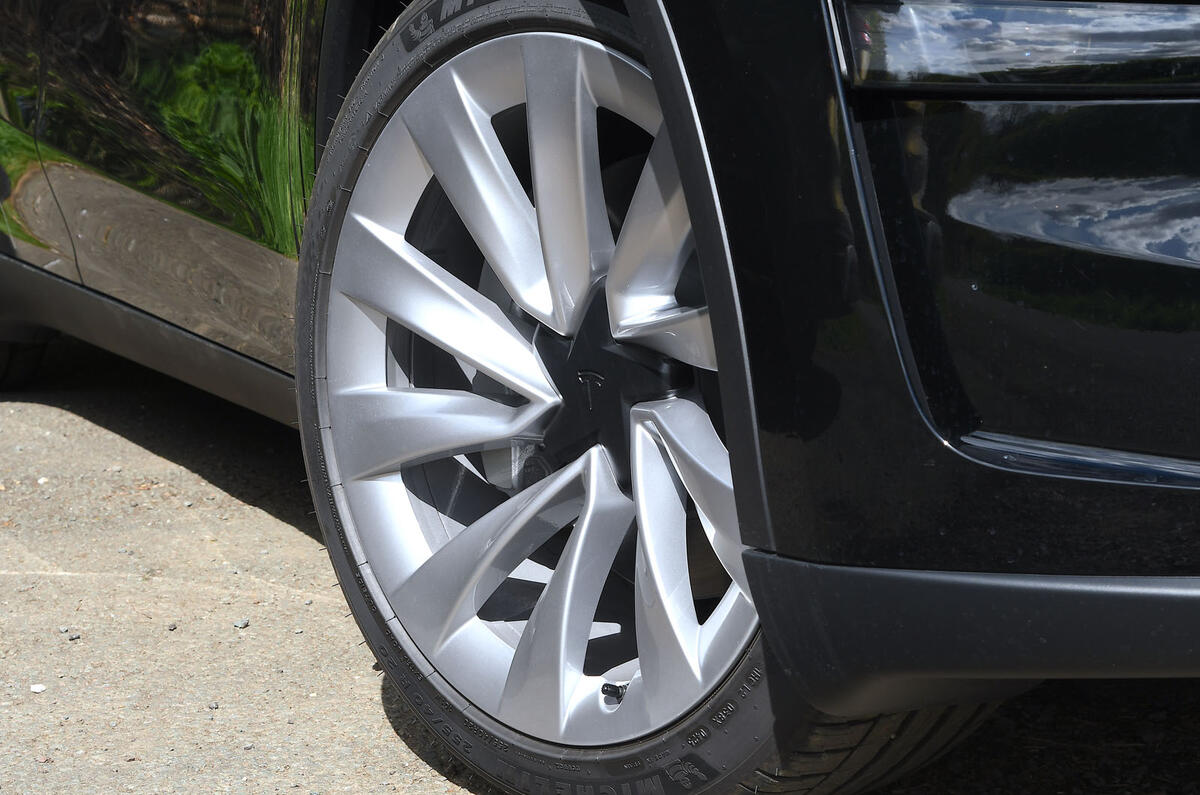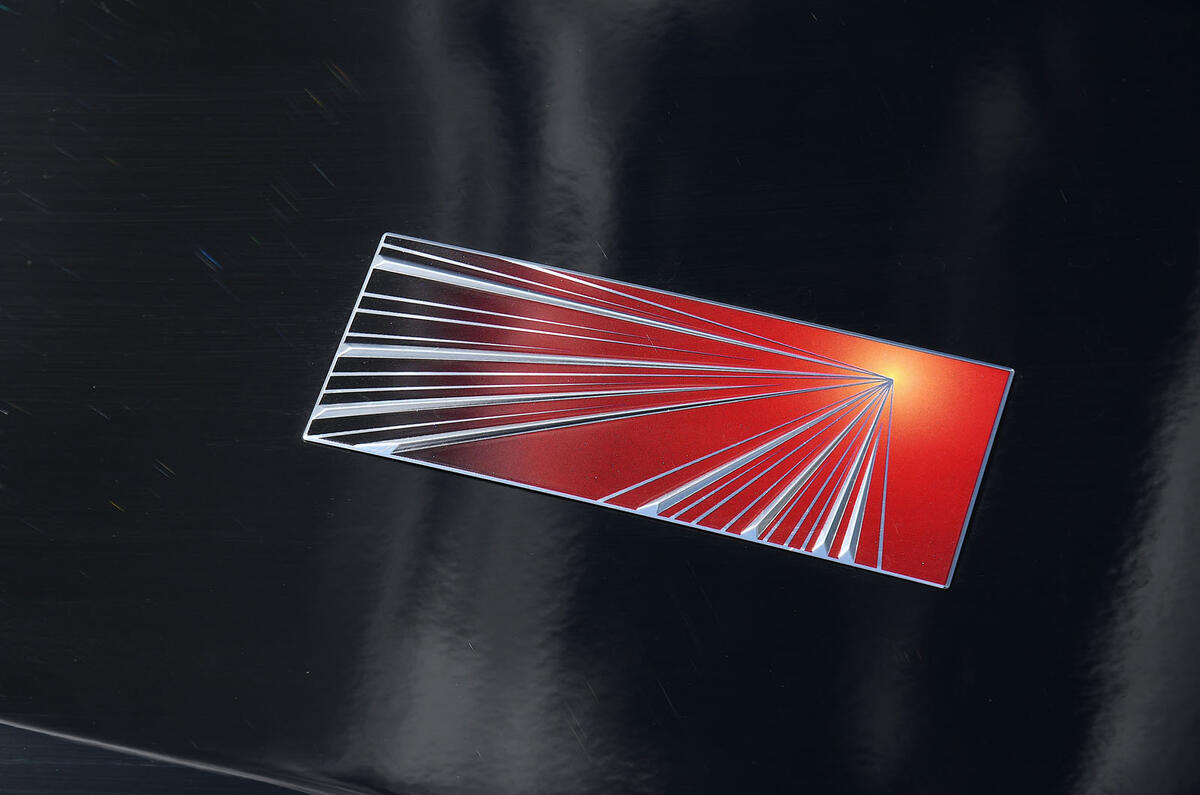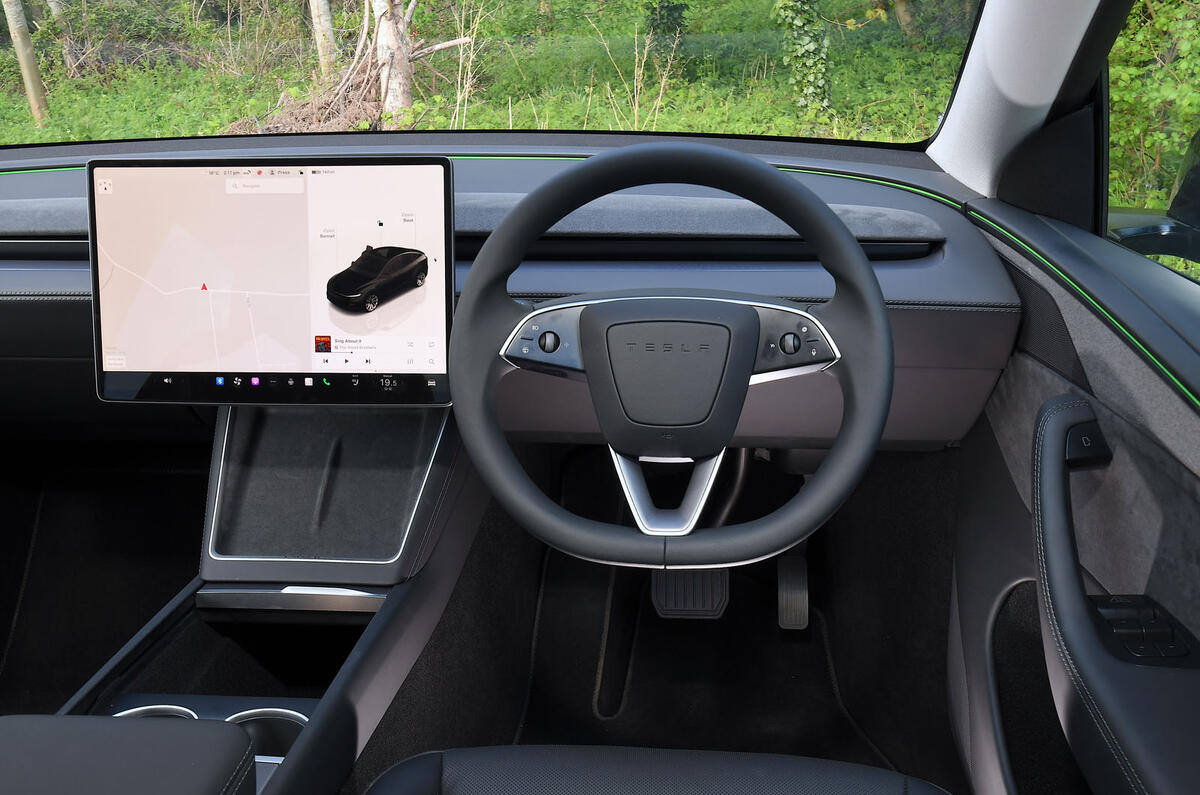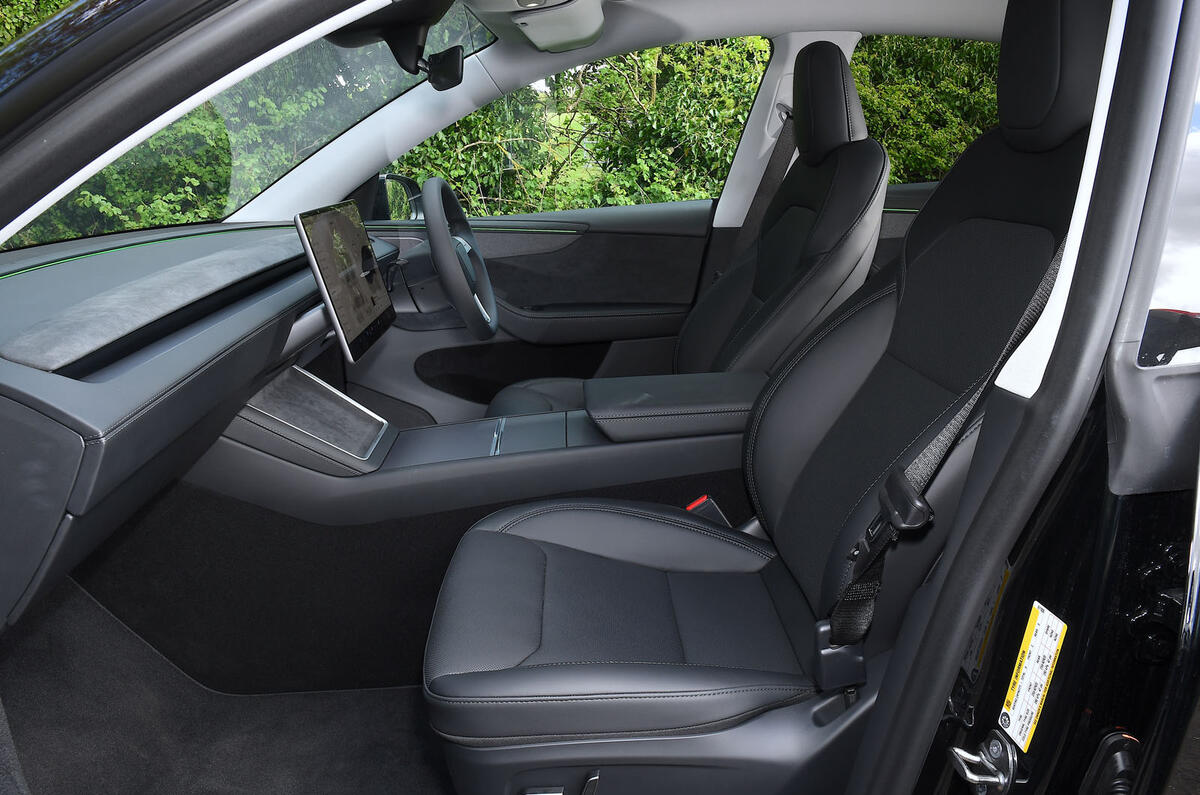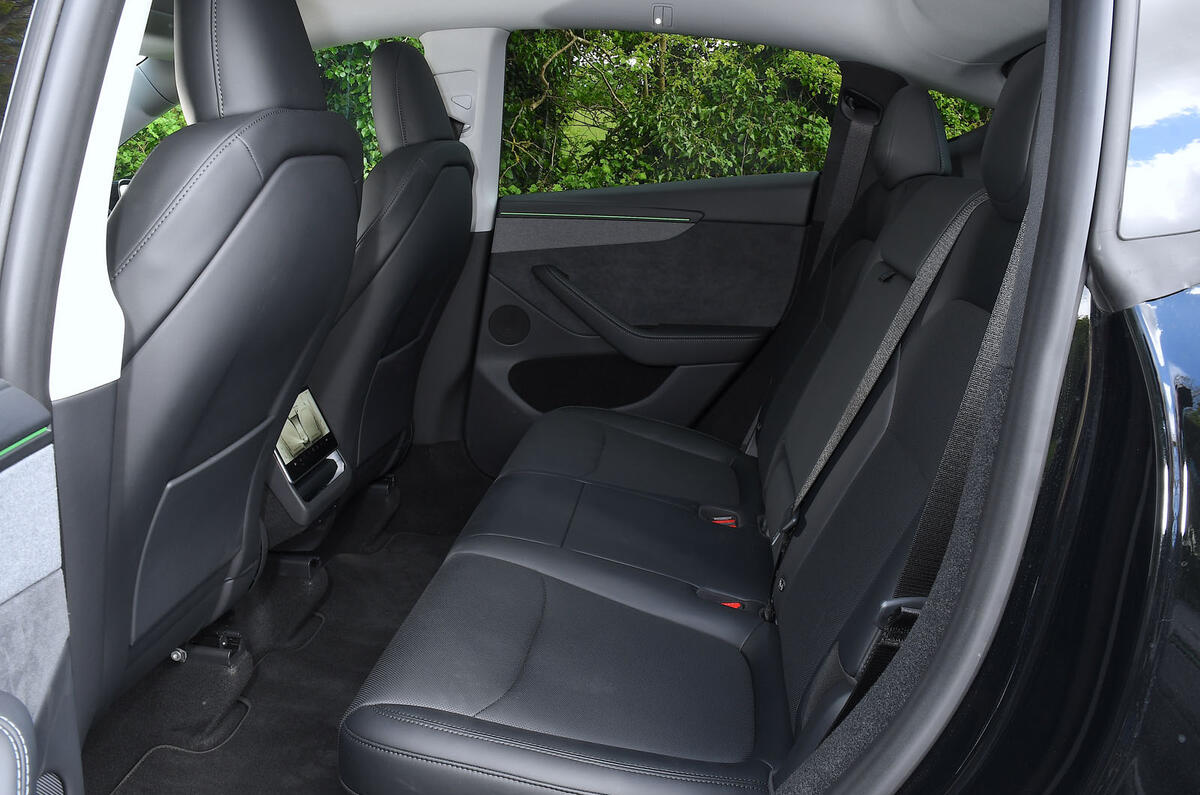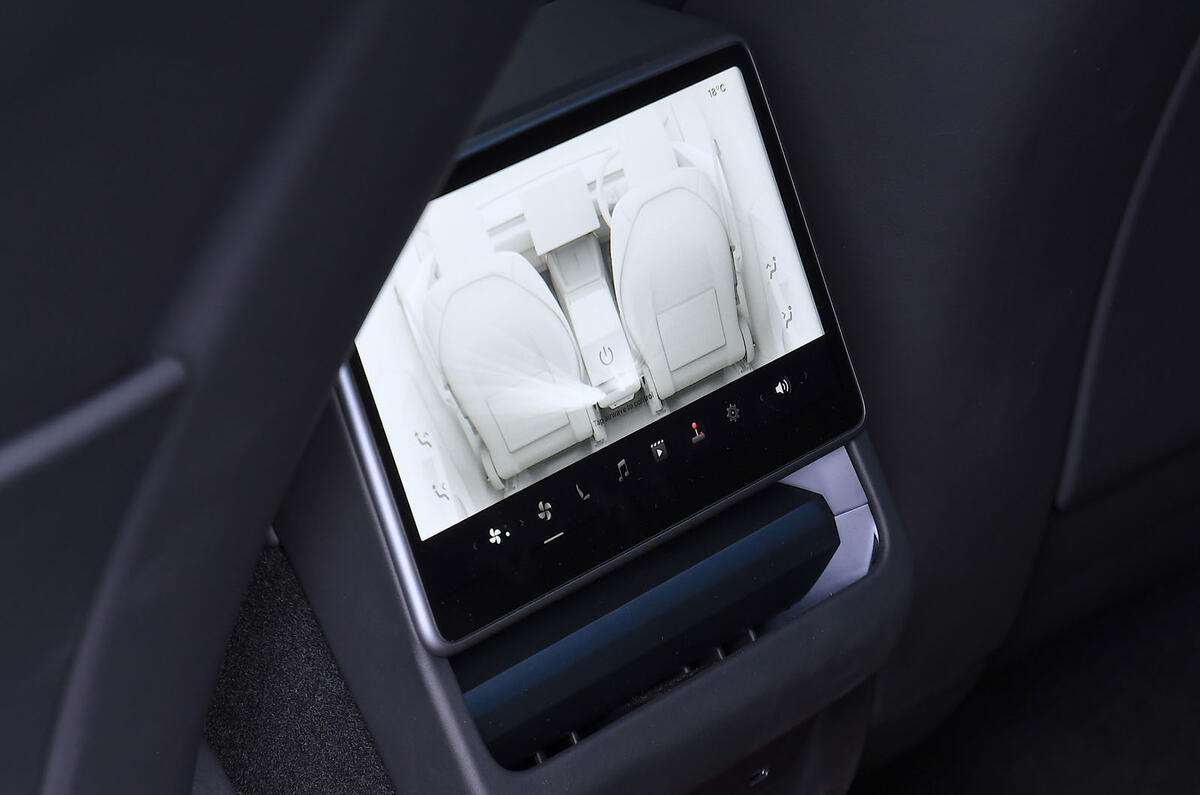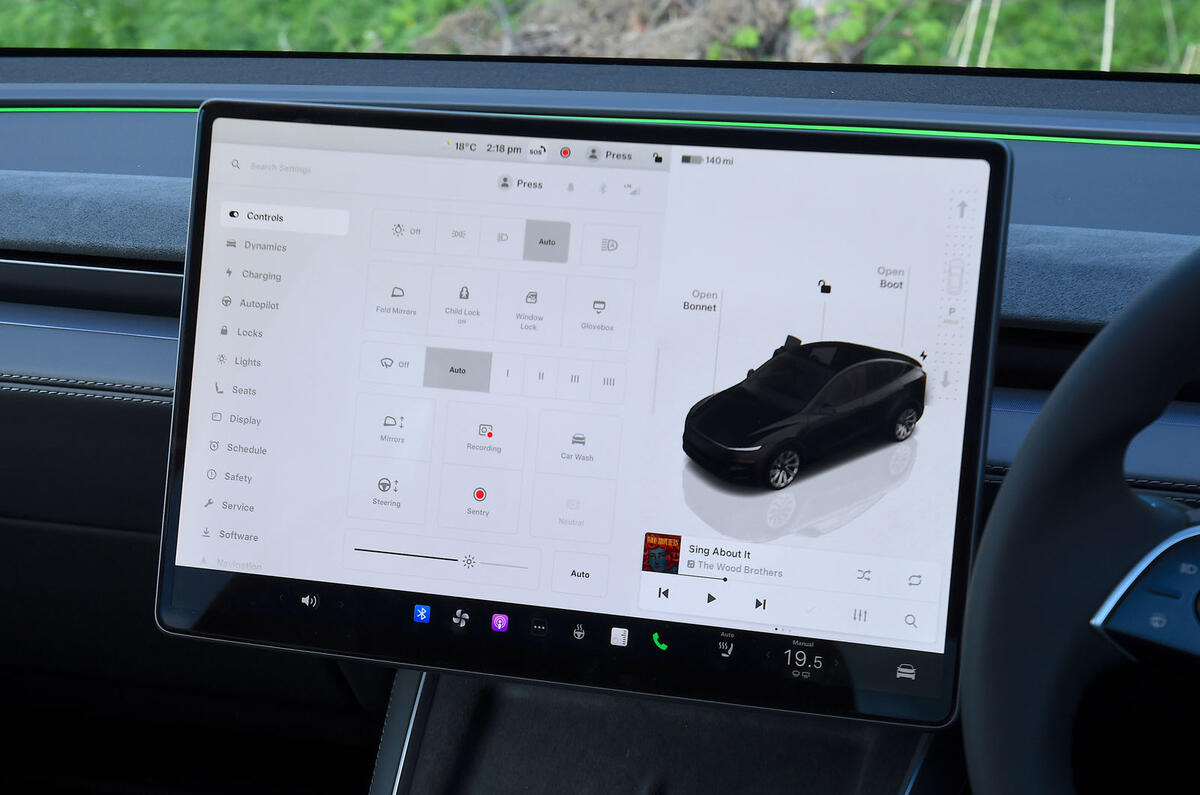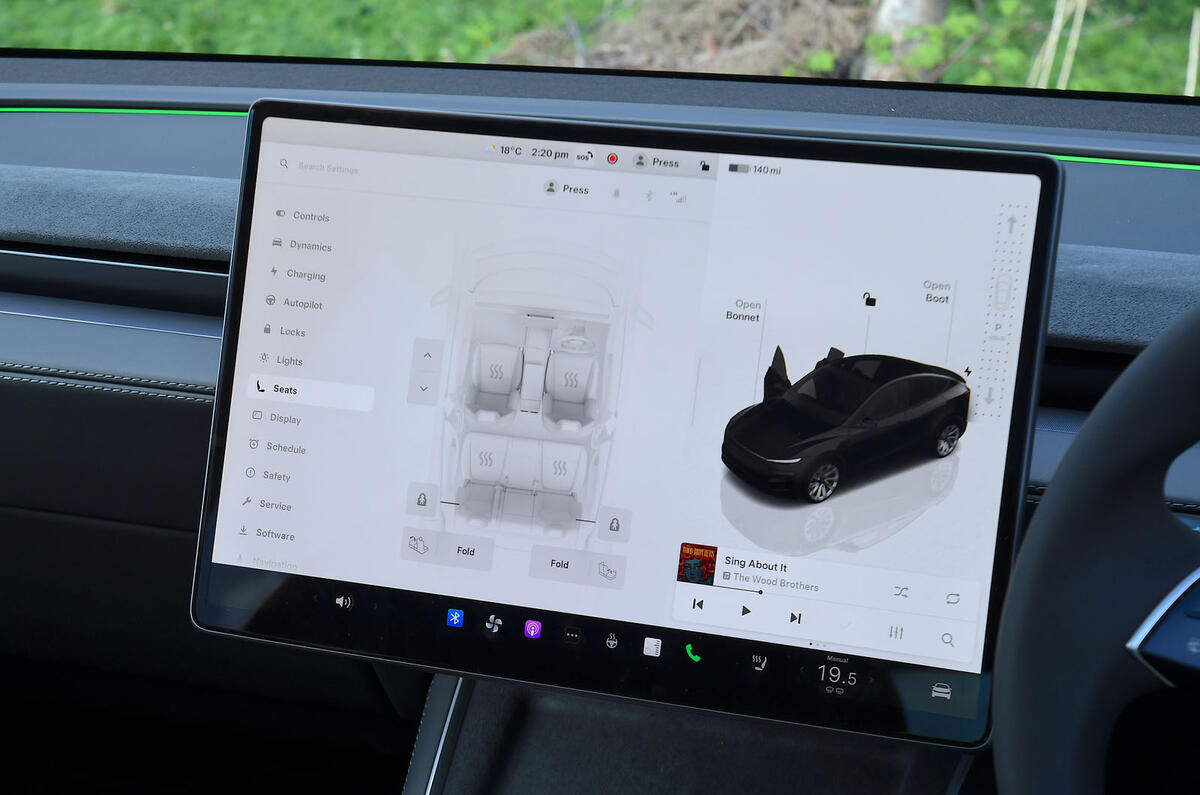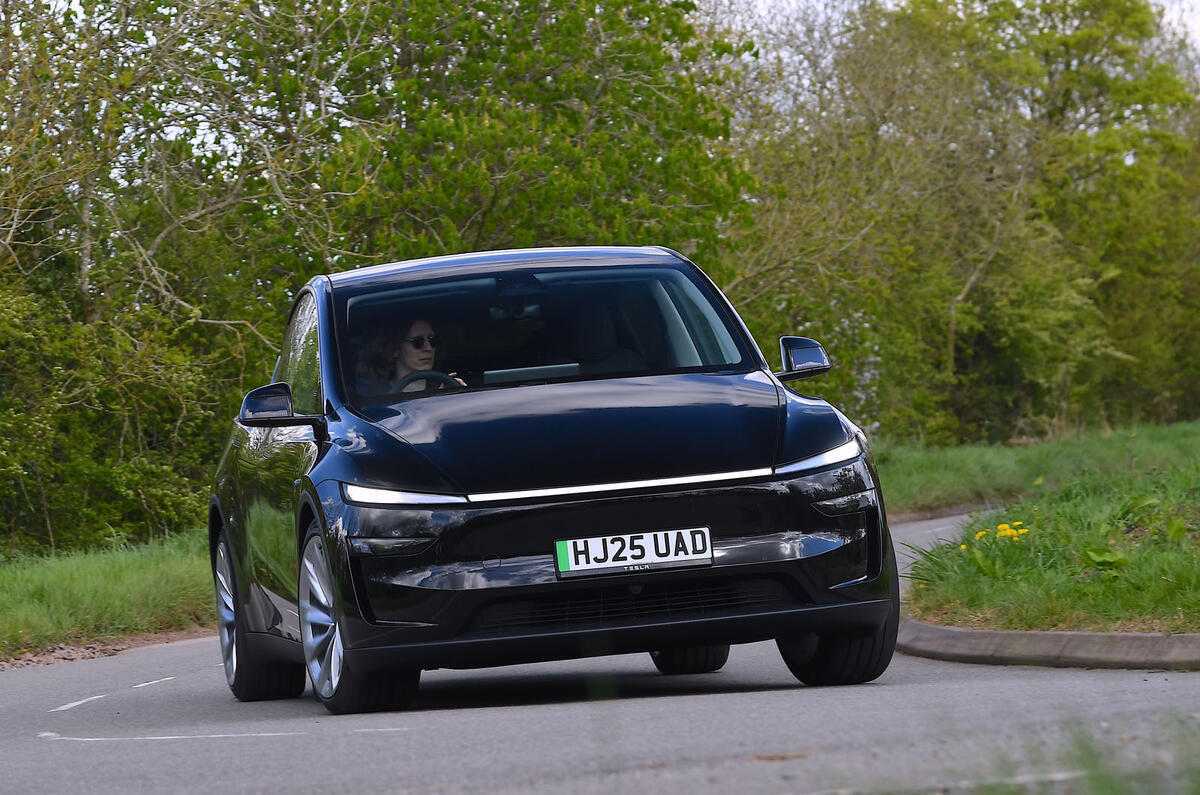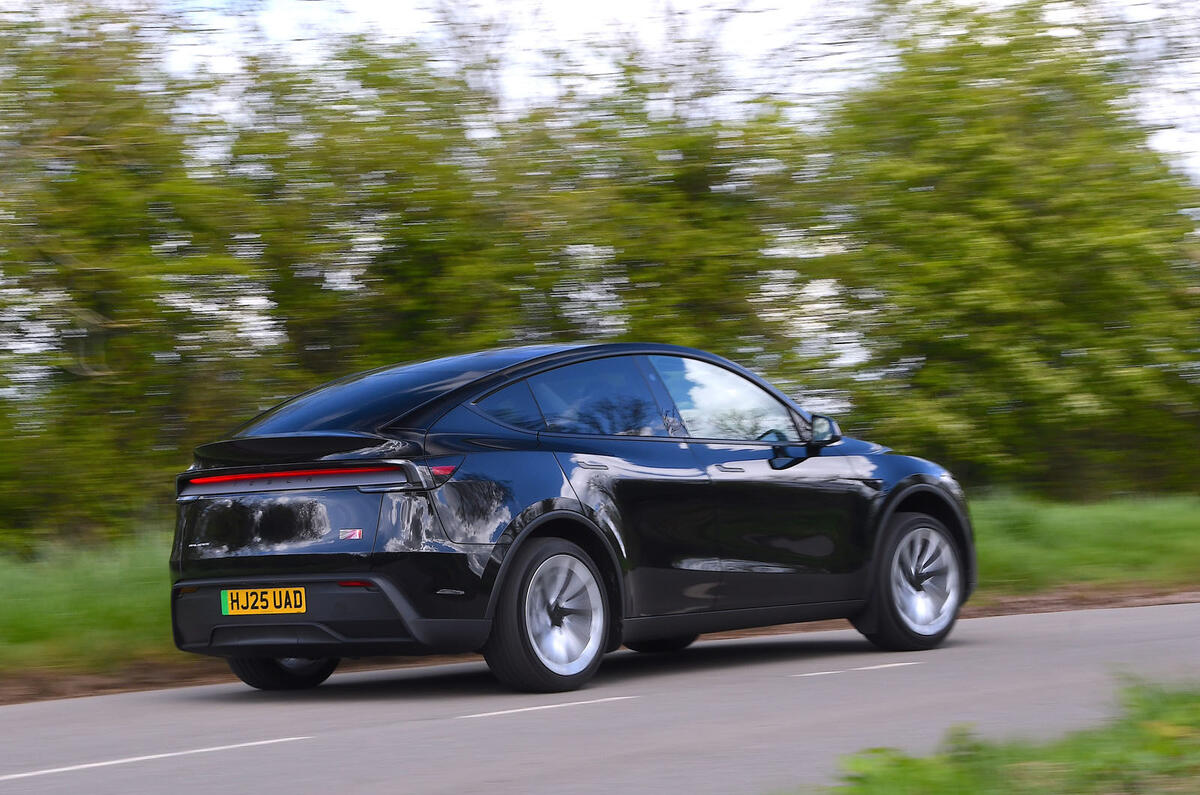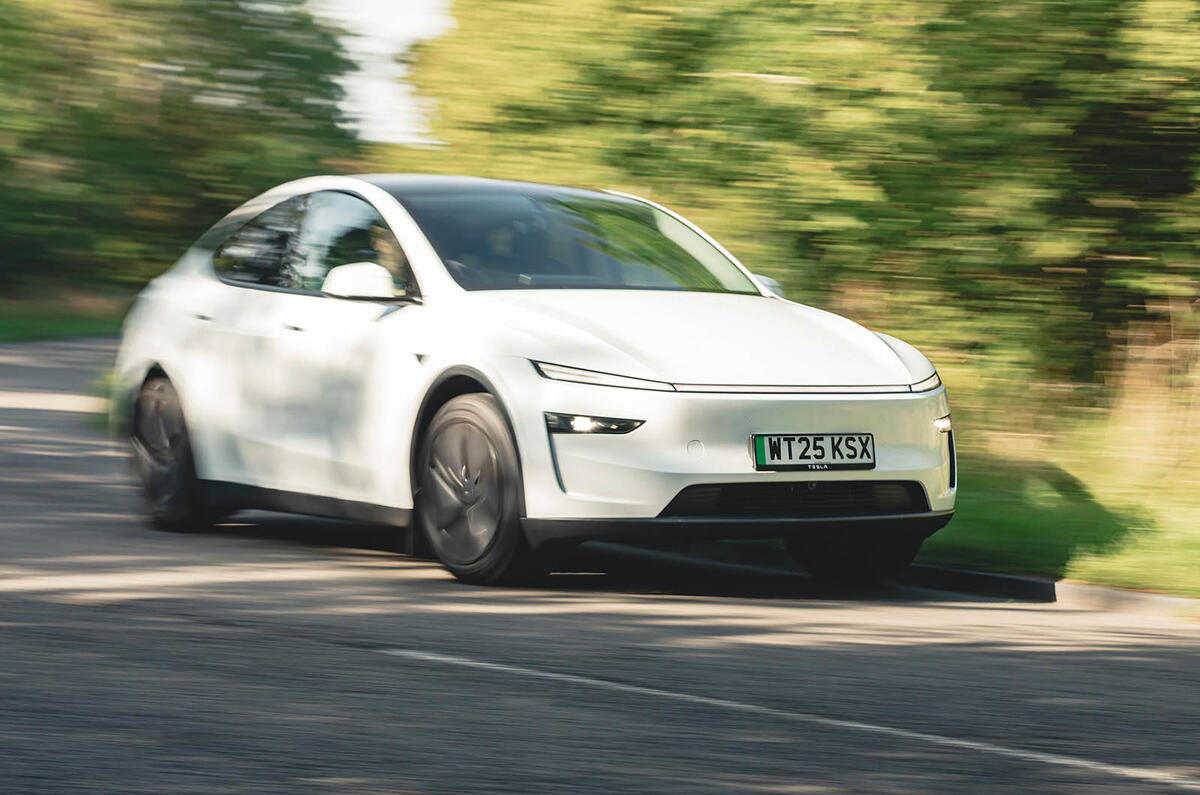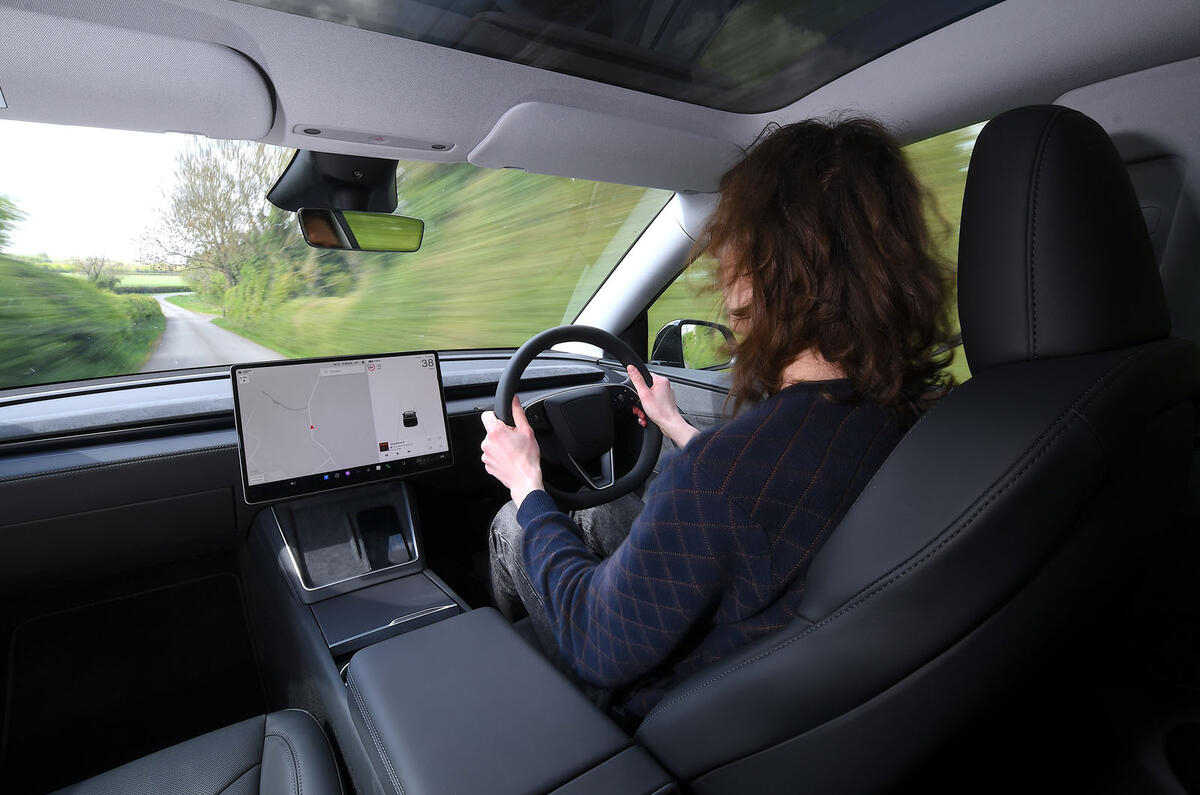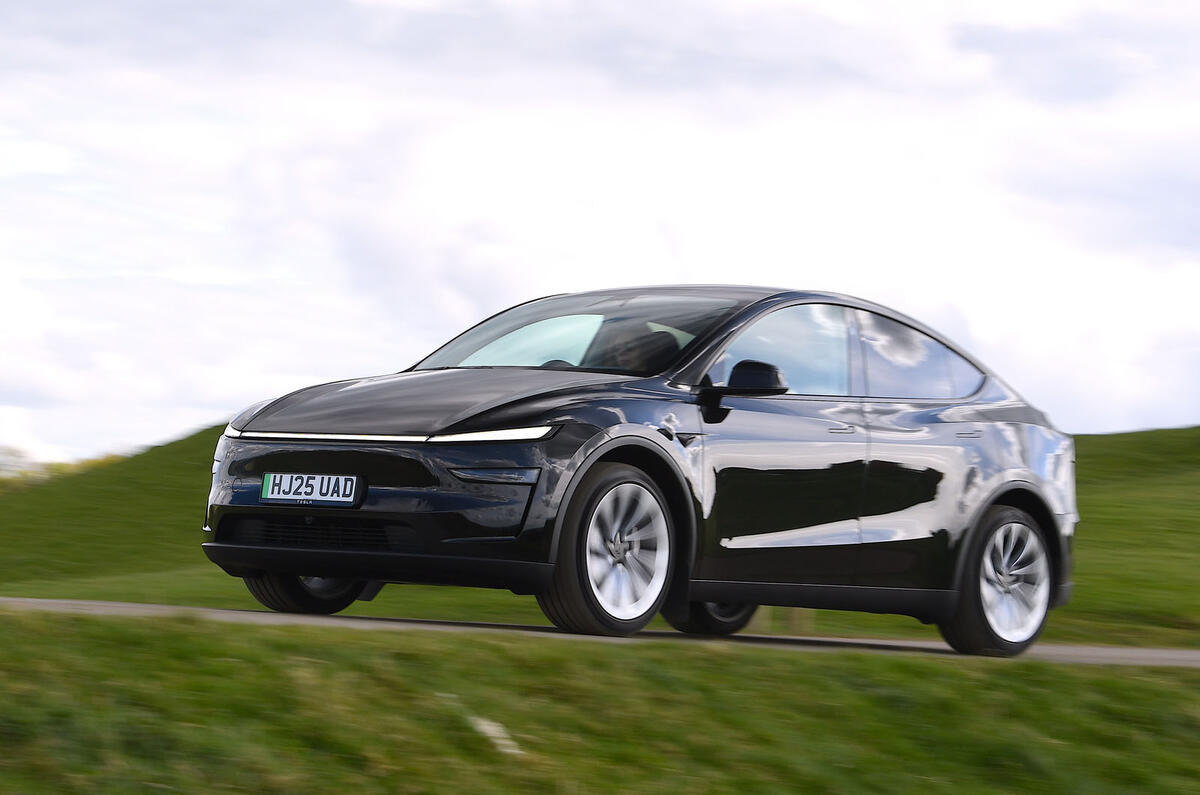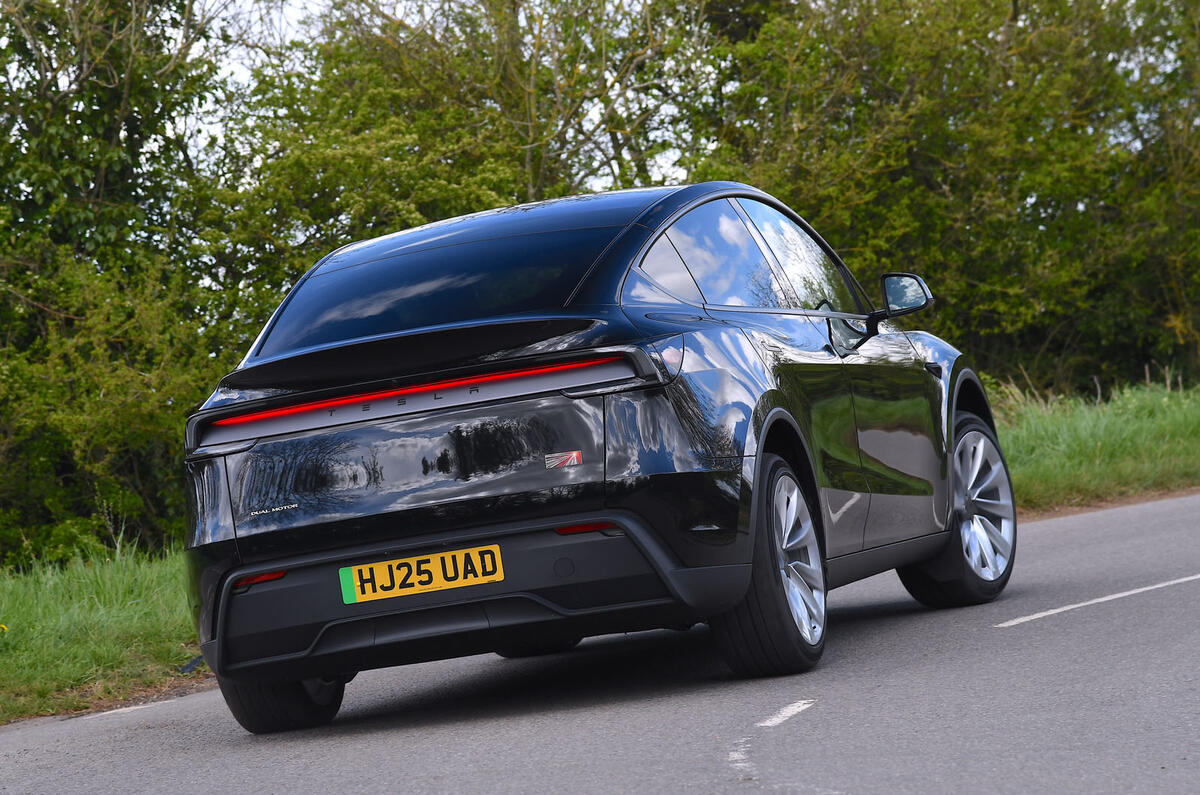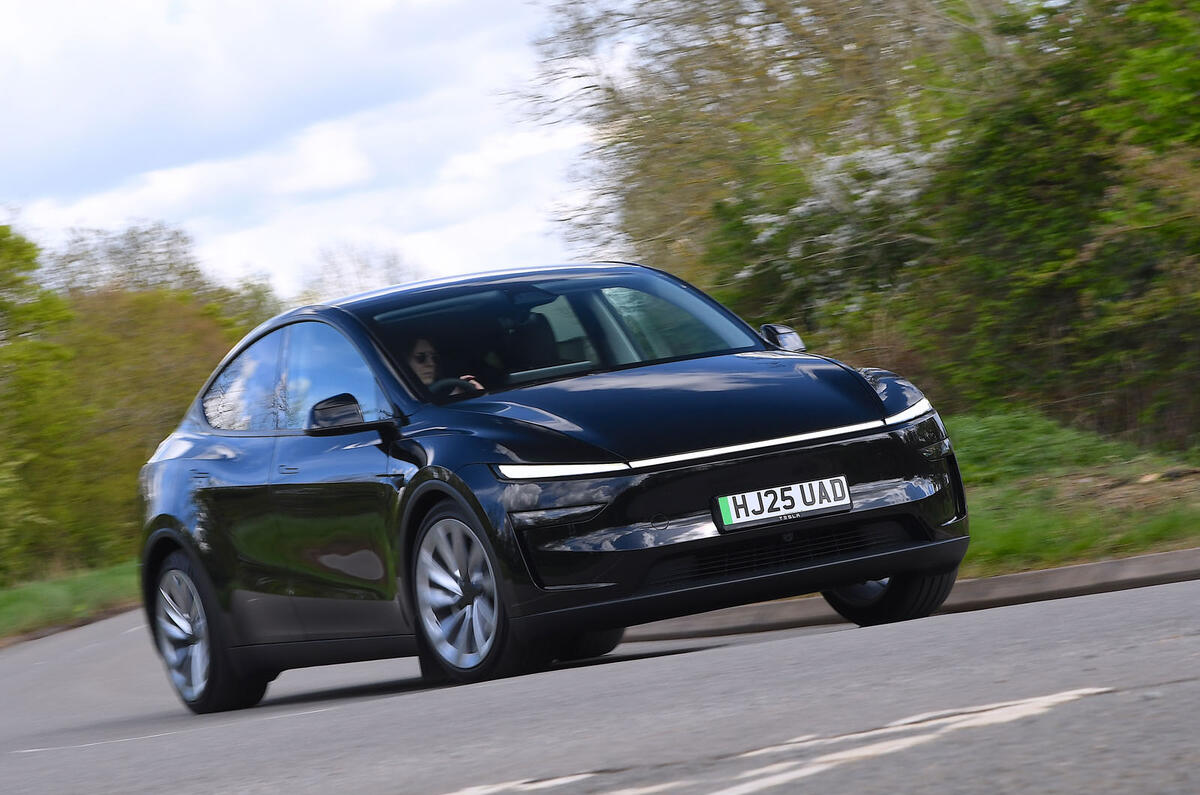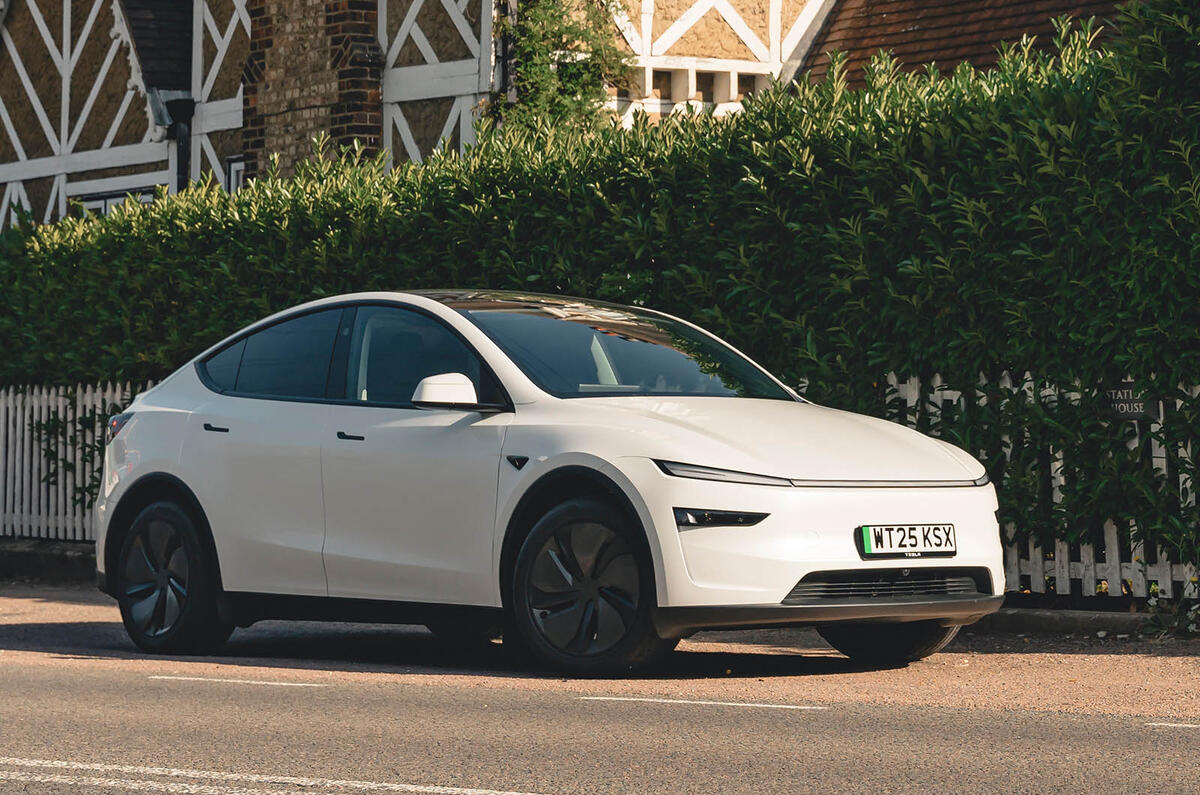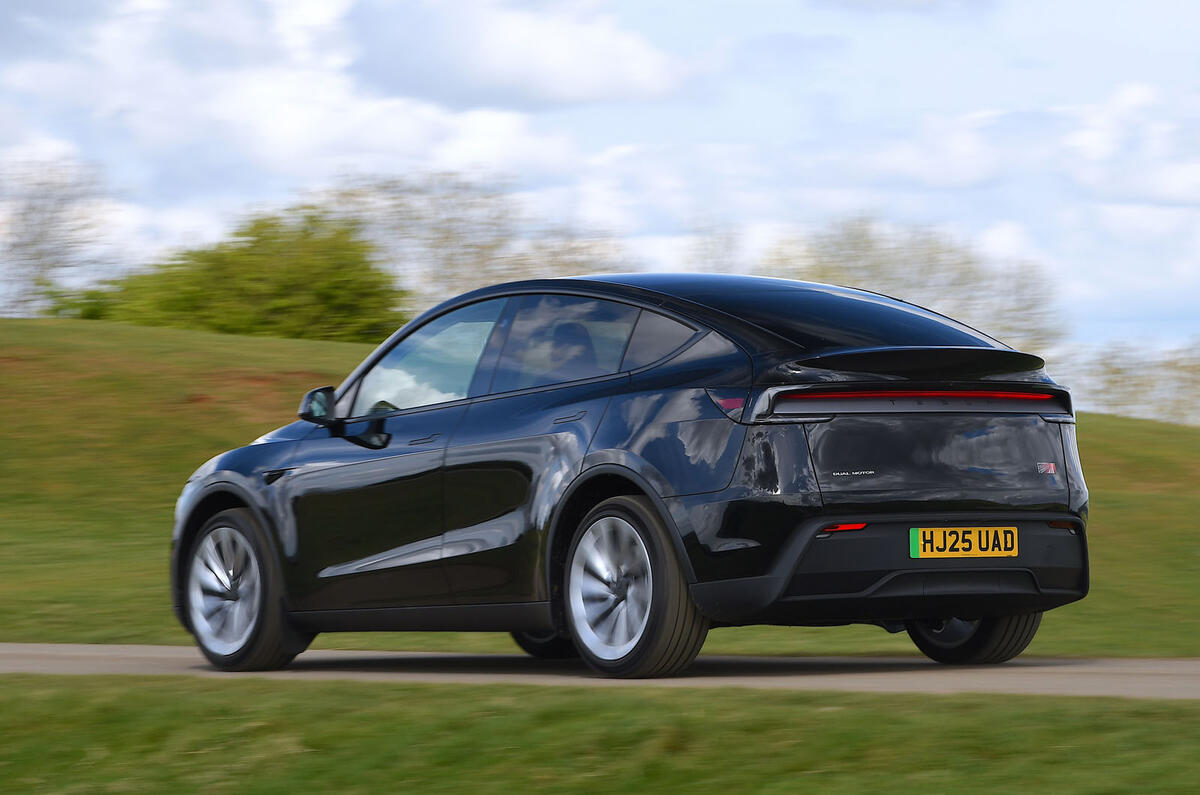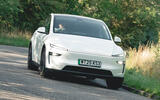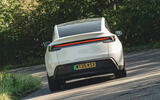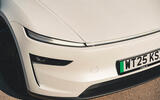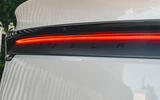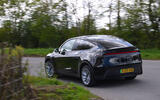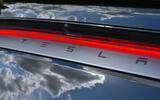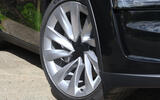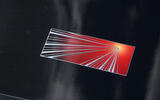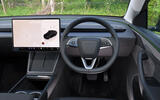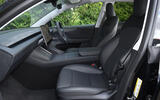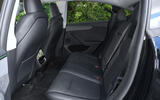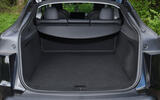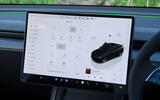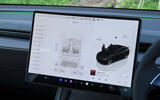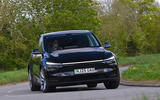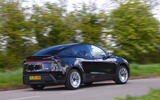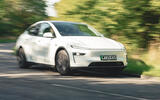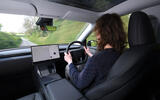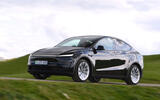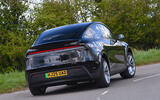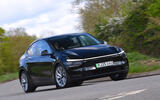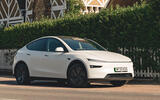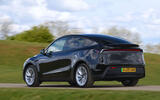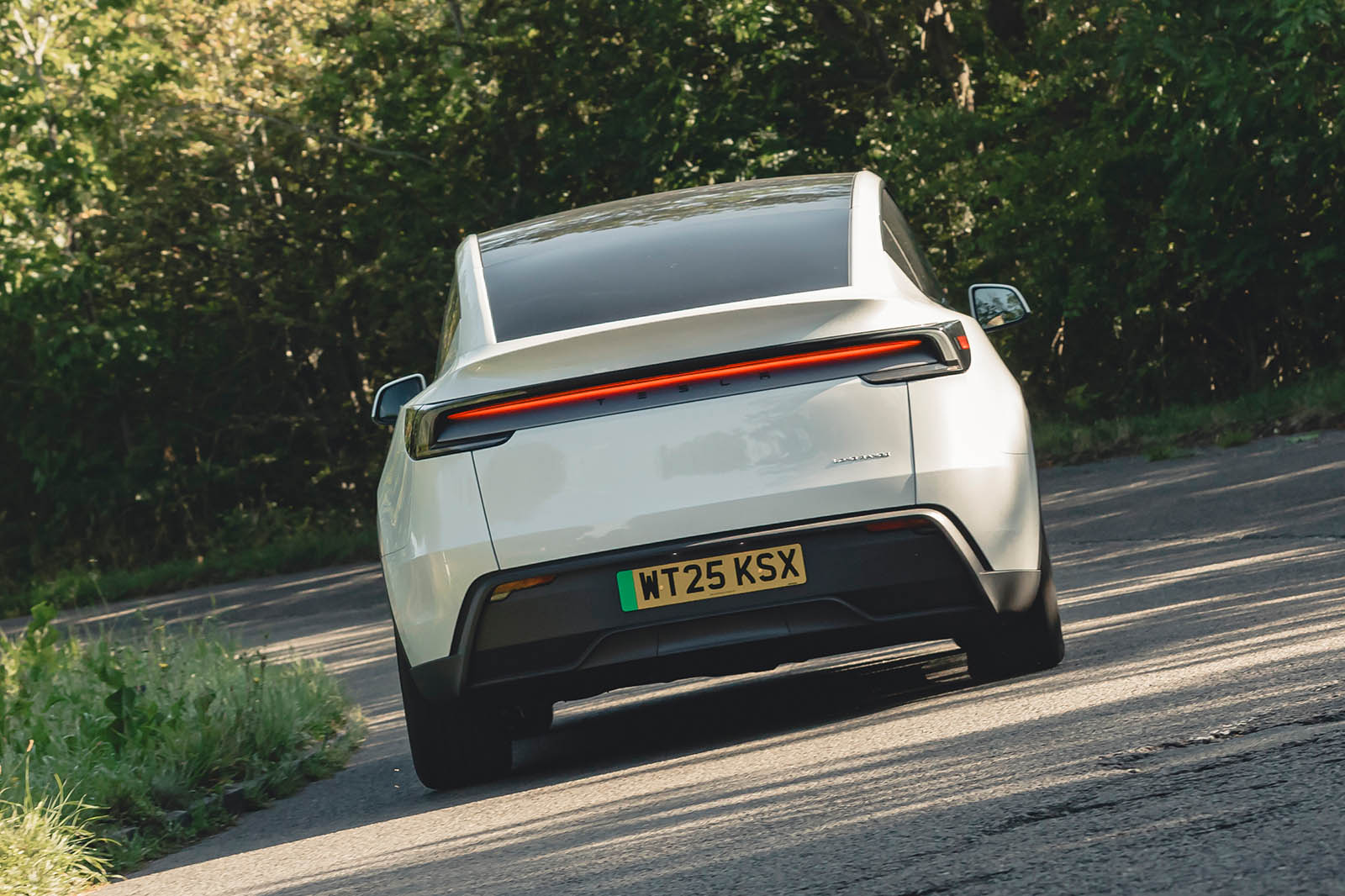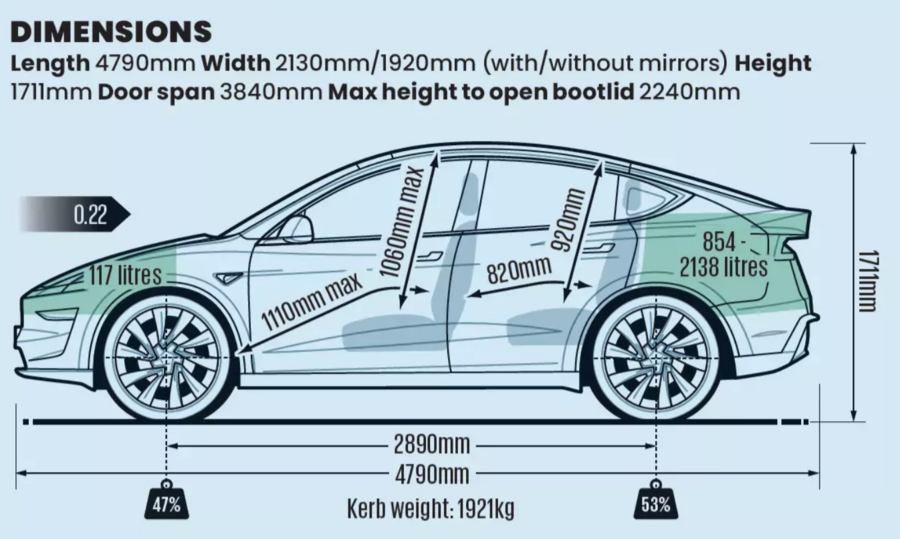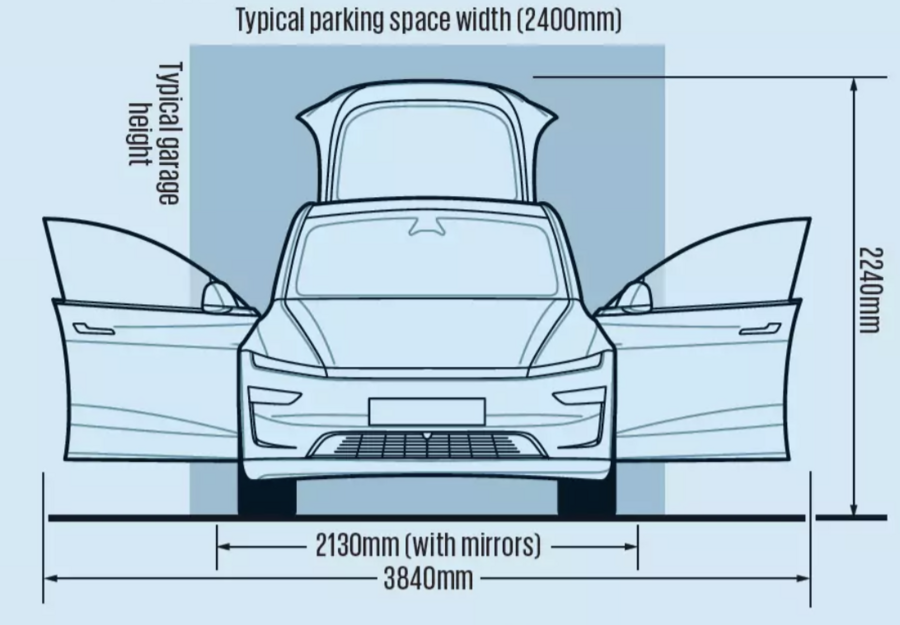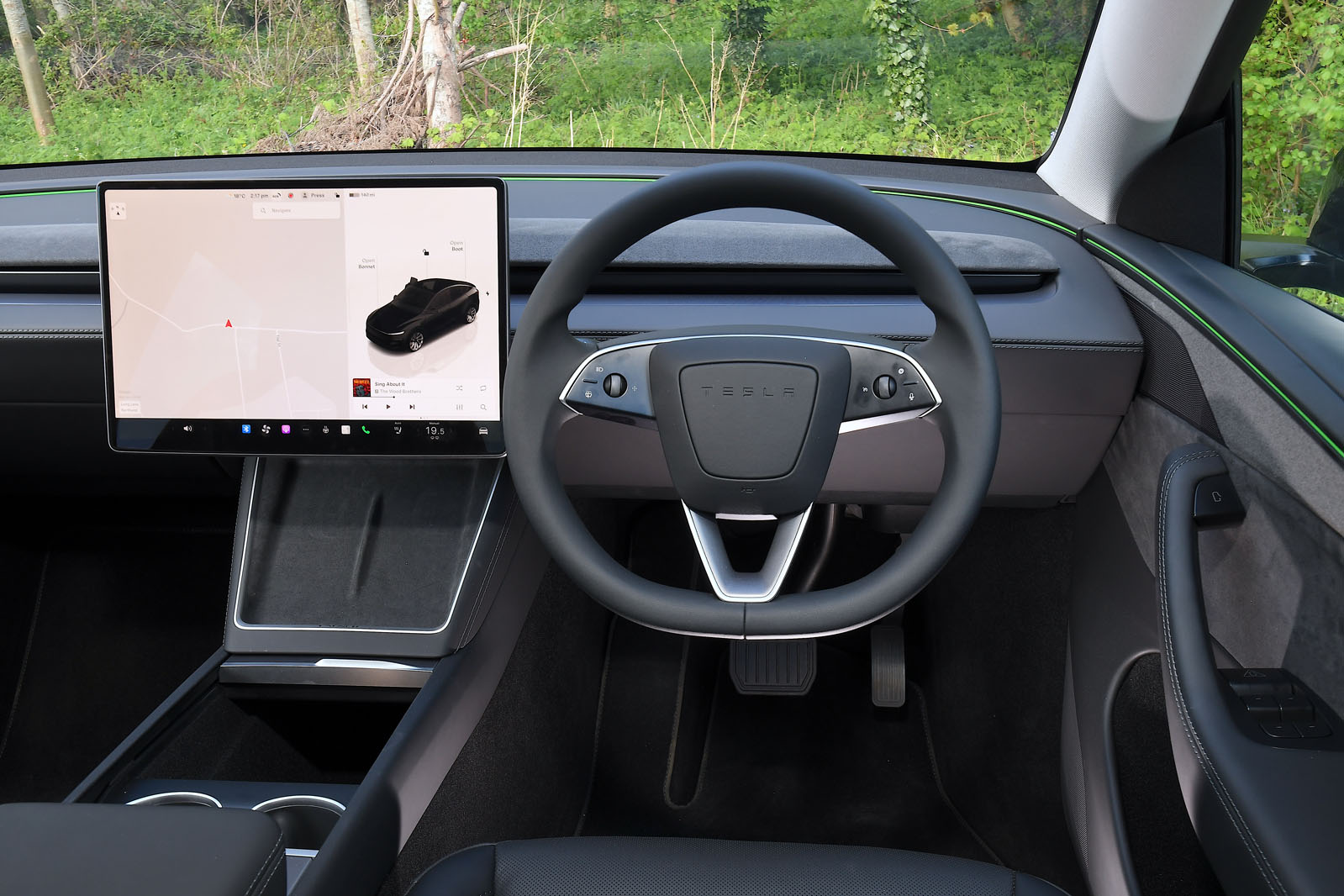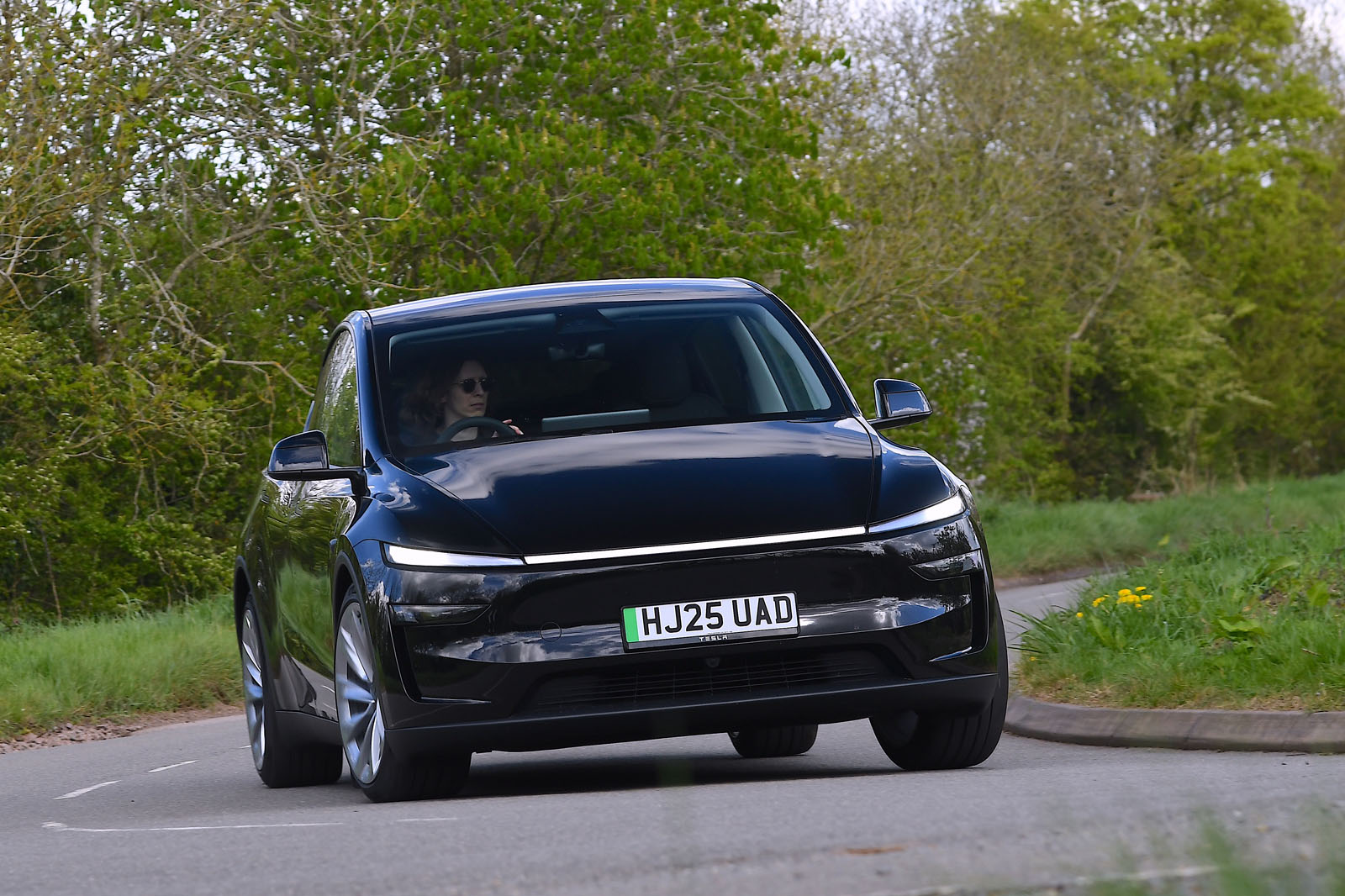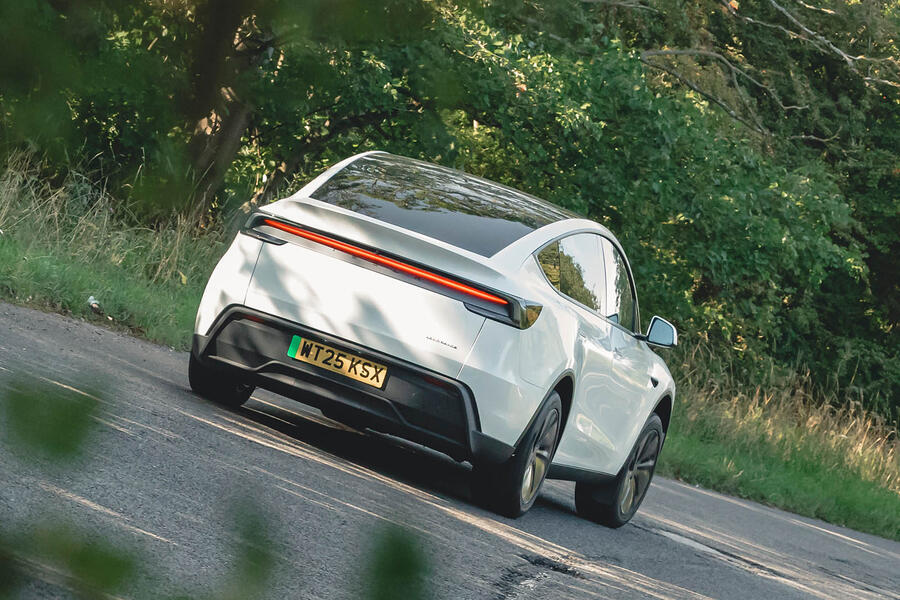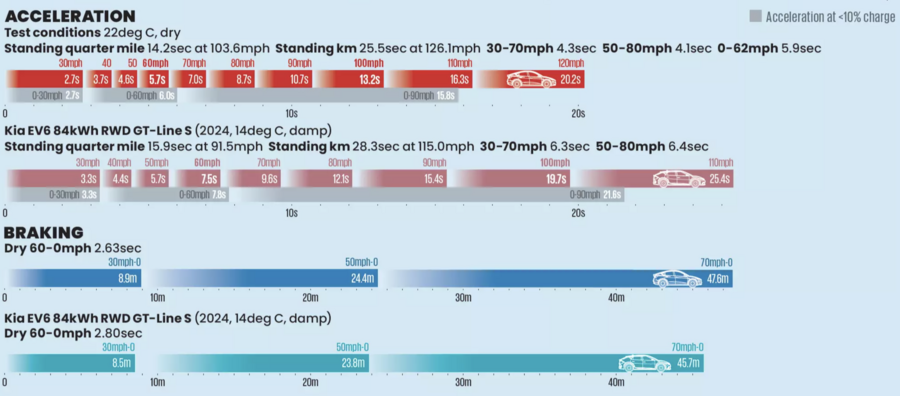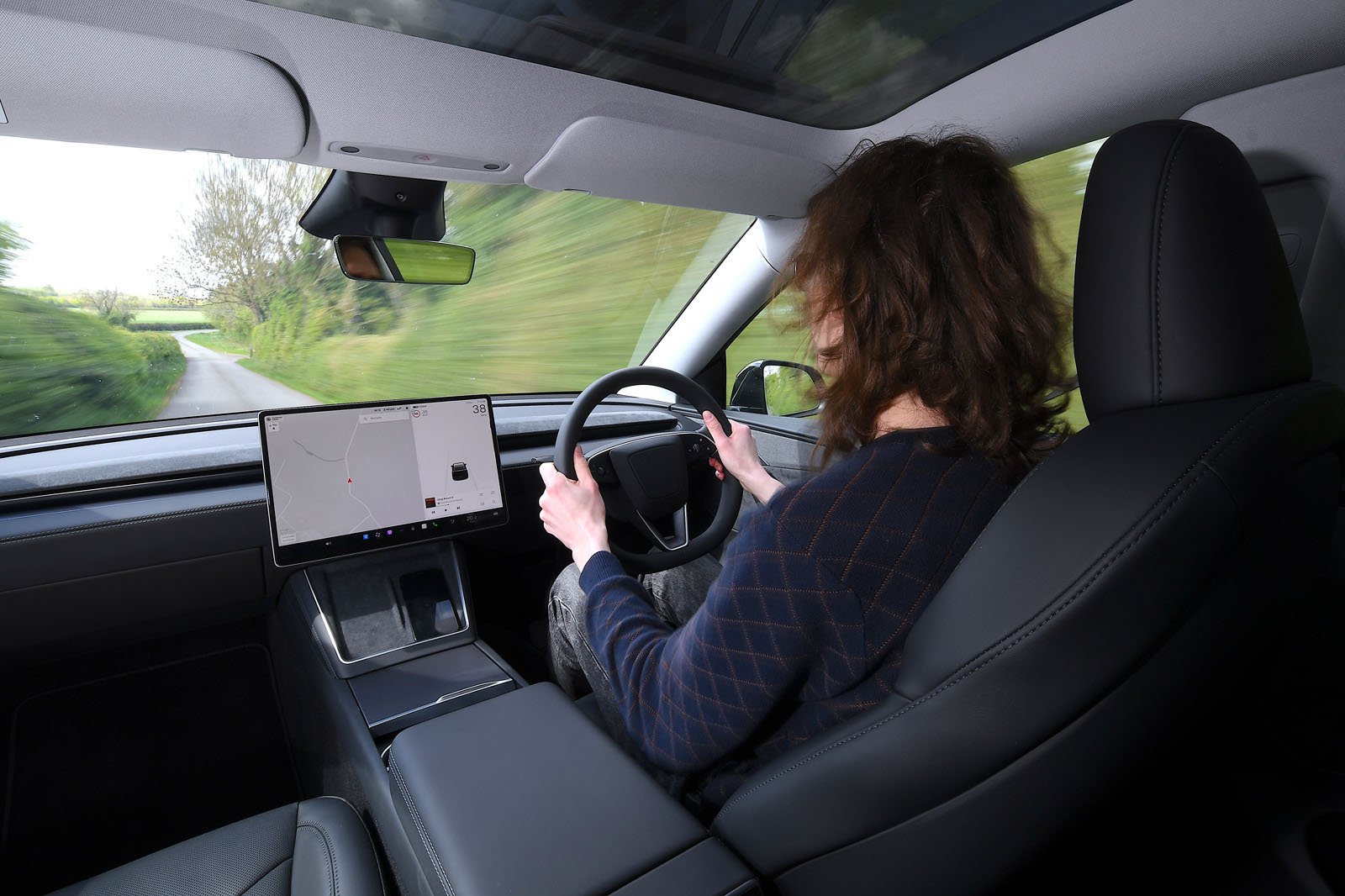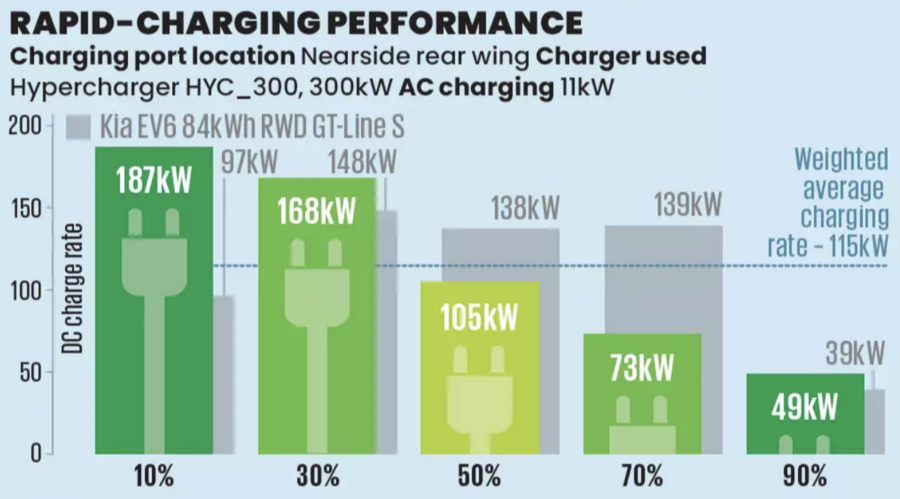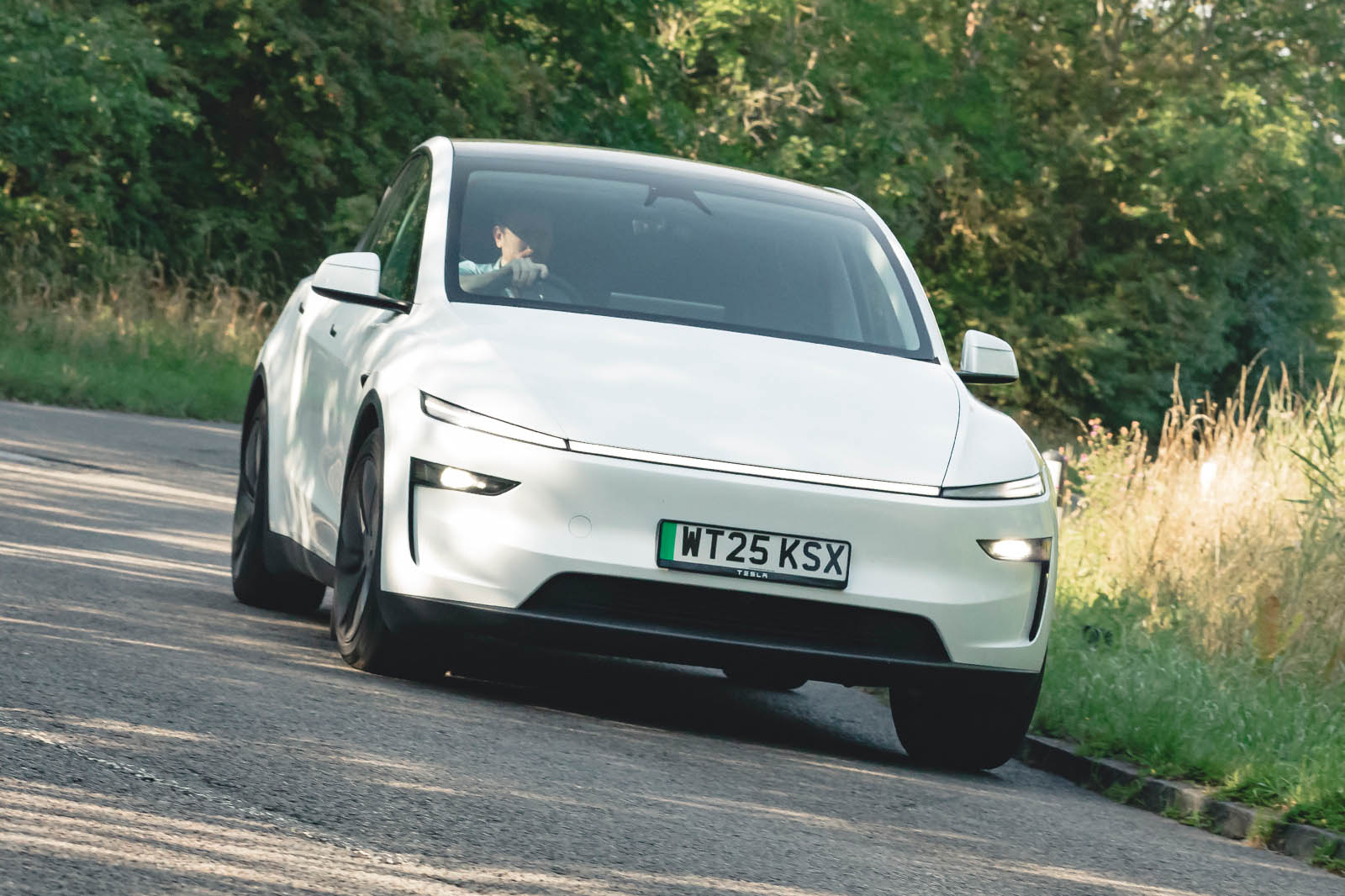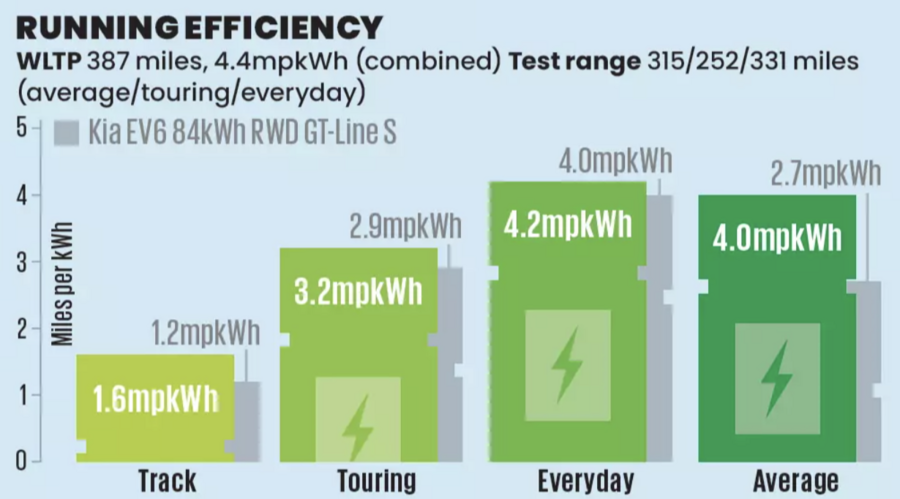The headlines are not good. You can put the blame on competition from ravenous Chinese brands. Or the fact that in Europe and North America household budgets are increasingly stretched. Or even Elon Musk’s politics, so at odds with those of his car maker’s customer base. But the fact is that fewer people are buying Teslas.
Terminal decline? Who can say, but it’s a trend that the company, now based in Texas, is looking to reverse with a fairly wide-ranging update to its best-seller, the Model Y. Beyond striking changes to the body, including a Cybertruck-style front lightbar, the myriad tweaks that constitute the so-called Juniper facelift result in a markedly improved product, we’re told.
At the same time, the pricing is more competitive than ever. When the Model Y first landed in the UK in 2022, a 434bhp Long Range variant with four-wheel drive would set you back £54,990. Today the same model is marginally less powerful but costs an inflation-busting £51,990, despite having additional kit that includes ventilated front seats and electrically folding rear seatbacks.
It’s a strong twin-prong attack. One with a whiff of Hail Mary? Perhaps. Here we test the Long Range Rear-Wheel Drive, to which our various figures and charts relate, though there are also driving impression on the dual-motor car.
The Long Range Rear-Wheel Drive is the mid-ranking Model Y with a declared range of 387 miles and an asking price of £48,990. On paper, this is probably the Model Y at its most compelling, which it needs to be, because it isn’t short of alternatives in the market. The list of cars you might conceivably cross-shop with the Tesla is now vastly greater than it was even three years ago, and many of them sit on fresh platforms and certainly aren’t shy when it comes to battery capacity and performance.



